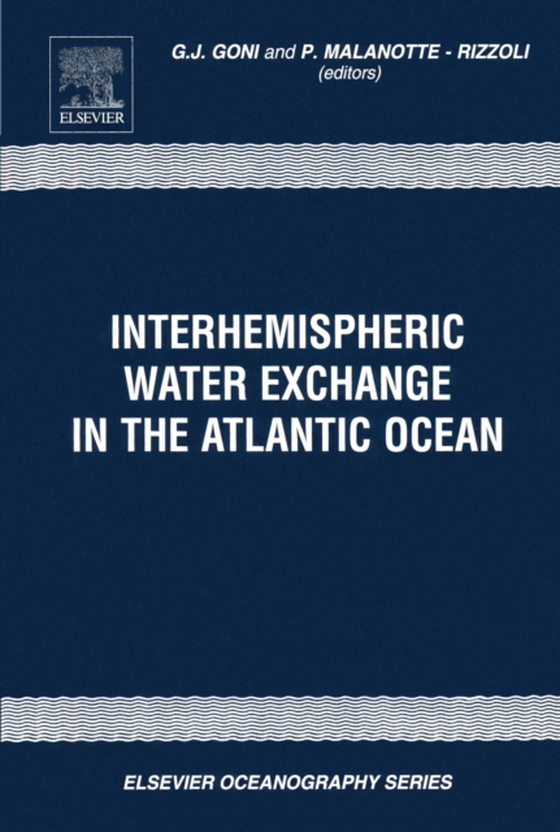
Interhemispheric Water Exchange in the Atlantic Ocean e-bog
2738,46 DKK
(ekskl. moms 2190,77 DKK)
Recent results from modeling and observational studies demonstrate that the tropical Atlantic is a critical region for processes that maintain the meridional overturning circulation, such as cross-equatorial exchanges, and for sea surface temperature variability that impacts on climate variability of the coupled tropical ocean/atmosphere system. The theme of this book is the inter-hemispheric a...
E-bog
2738,46 DKK
Forlag
Elsevier Science
Udgivet
12 november 2003
Længde
522 sider
Genrer
1QSA
Sprog
English
Format
pdf
Beskyttelse
LCP
ISBN
9780080534893
Recent results from modeling and observational studies demonstrate that the tropical Atlantic is a critical region for processes that maintain the meridional overturning circulation, such as cross-equatorial exchanges, and for sea surface temperature variability that impacts on climate variability of the coupled tropical ocean/atmosphere system. The theme of this book is the inter-hemispheric and inter-gyre exchanges of heat, salt and fresh water, while its goal is to improve the knowledge of the tropical Atlantic dynamics and how it affects the global ocean. A clear understanding of the dynamics of processes that affect the flow of mass and heat between the southern and the northern hemispheres in the upper few hundred meters in the tropical Atlantic and of those associated to the ocean circulation or to surface signals, from decadal, inter-annual to mesoscale periods, becomes necessary to better evaluate their contribution to the interhemispheric mass exchange. These processes are believed to be largely responsible in driving the sea surface temperature, which in turn, is a critical parameter to investigate ocean-atmospheric interactions. Output produced by regional models is also used to complement the observations and to provide additional information on their spatial and temporal variability. The subtropical cells, by bringing water masses subducted in the subtropics to the equator, and zonal currents investigated here contribute to the interhemispheric water exchange. Special attention is also given to the warm and salty anticyclonic rings shed by the North Brazil Current, which are now known to have a much broader impact, not only on interhemispheric water mass transfer, but also on the environment of remote regions. Observations from different sources are blended together, are used to validate model outputs and are also assimilated into models to obtain a more complete and accurate picture of the oceanic circulation and of its time evolution.
 Dansk
Dansk

